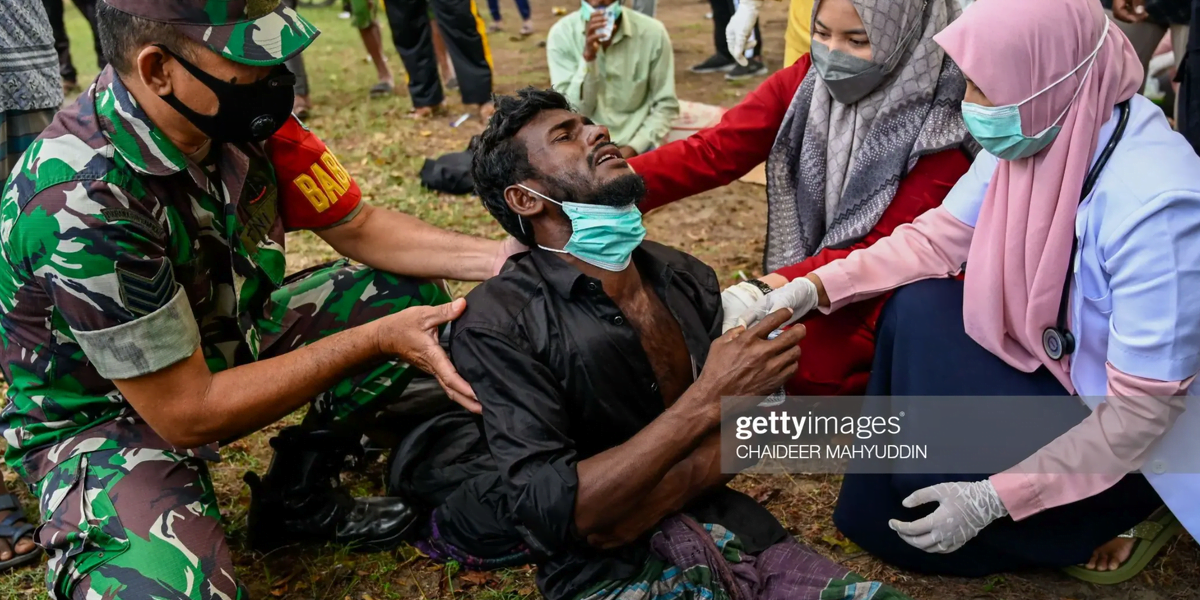According to the charity Inquest, since the beginning of the year, six people have died in police custody or otherwise following contact with the police. Last year, 301 people died in prison custody and in 2021 there were 191 deaths in police custody.
An evidence session on deaths in police custody this week highlighted concerns from the Independent Advisory Panel on Deaths in Custody (IAPDC).
Juliet Lyon CBE, former chair of the IAPDC, stated: “Loss of liberty should never result in loss of life. There is no such thing as an acceptable death toll in places of detention.”
“This is the case despite significantly higher levels of risk and vulnerability among people who are held in prison or police custody or detained under immigration powers or Mental Health Act legislation compared to those in the general population of England and Wales.”
The number of deaths during and following police custody has roughly remained the same over the last decade, while deaths within custody itself have fallen. However, the findings from inquests into the deaths of Kevin Clarke and Kelly Hartigan-Burns, to name just two, have resulted in concern among communities across the UK. This is in addition to the cases of people under the Mental Health Act and Black men following the use of force by police officers.
Have the number of deaths in all types of custody gotten worse?
Speaking about deaths in prisons, Lyon said: “We’re still seeing now high numbers of deaths, unfortunately that includes self inflicted deaths and natural deaths and it is hard to determine how much is due to what happened during the extensive period of covid lockdown which was more like two years than one. And what has happened as a result, of taking extreme action like Operation Safeguard and problems with the workforce and pressures in that direction – I just think that it is extremely hard to work and run prisons.”
Operation Safeguard is the agreement between the police and the Prison Service allowing prisoners to be held in police cells. Operation Safeguard is only supposed to be used in prisons when the prison is facing ‘population pressures’.
As stated in the IAPDC written evidence to the Justice Select Committee’s (JSC) on the prison operational workforce inquiry, prison safety relies on adequate staffing:
“Without adequate staffing, serious risks to life within prisons will intensify. More must be done to ensure good staff are recruited and retained – not just for new-build prisons but to enable the running of productive regimes in all establishments. Good supervision and mentoring of new, often young and inexperienced, staff and good leadership are key to this.”
The inquiry into prison workforces is ongoing and is no longer accepting evidence.
The warning signs
Talking about the comparison to deaths in custody in 2016 to now, Lyons said: “In 2016 the warning signs were there, I think, and deaths had risen in particular that year. You could see a reflection of the cuts that had been introduced, both in terms of staff numbers in terms of regime delivery.”
Numbers of deaths in custody reduced in 2017 and 2018 and then started to increase again in 2019. “It didn’t feel like: ‘Oh the prison service is on track,’ particularly then, it began to feel like things were falling apart a bit. Now, I just think it’s awful actually,” Lyons told the Justice Committee.
When asked if things had got worse, she replied: “Yes – when I say awful, I mean the deprivation that happened particularly during Covid, the extreme imprisonment and the choices that were made to hold people in isolation, as you’ve heard already, have continued in some shape or form. So we’re not seeing prisons with purposeful activity like you might remember them.”
In November 2021 the panel the IAPDC published statistics on deaths in custody between 2016 and 2019. The report analyses mortality rates in different custodial settings and was the first of its kind. However, access to reliable data was a barrier as the IAPDC found that there was missing data on the ethnicity of people detained under the Mental Health Act.
Deaths in immigration removal centres
The IAPDC report stated that while numbers of deaths are low in immigration removal centres, it is concerned about the safety of people who face deportation under the Home Office’s Rwanda scheme.
The body stated in the report: “While deaths in immigration removal centres are rare – there were none in 2022 – we remain concerned about risks to life posed by immigration detention estate, particularly in regard to the safety of people detained in temporary facilities and the selection of individuals to be transported for processing in Rwanda.”




